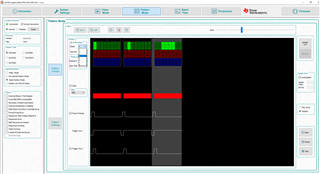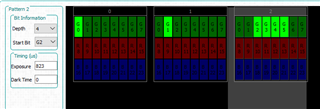Other Parts Discussed in Thread: DLPLCRC900DEVM, DLPC900, DLP470TEEVM, DLPC7540EVM, DLP670S
Dear TI DLP Experts,
we are looking for a DMD EVM that can cover these requirements:
- fast and easy control of single pixels (completely on or off, ie binary) with a PC/laptop
- arbitrary patterns in real time (or minimum 1000 pre-stored patterns (is adding external memory an option?))
- high pixel density and small pixel pitch size
We have found DLPLCR67EVM has high pixel density, but we are not sure if we can control single pixels and arbitrary patterns.
Our application is towards 3D printing.
Looking forward to your reply!
With warm regards,
Dimitar




